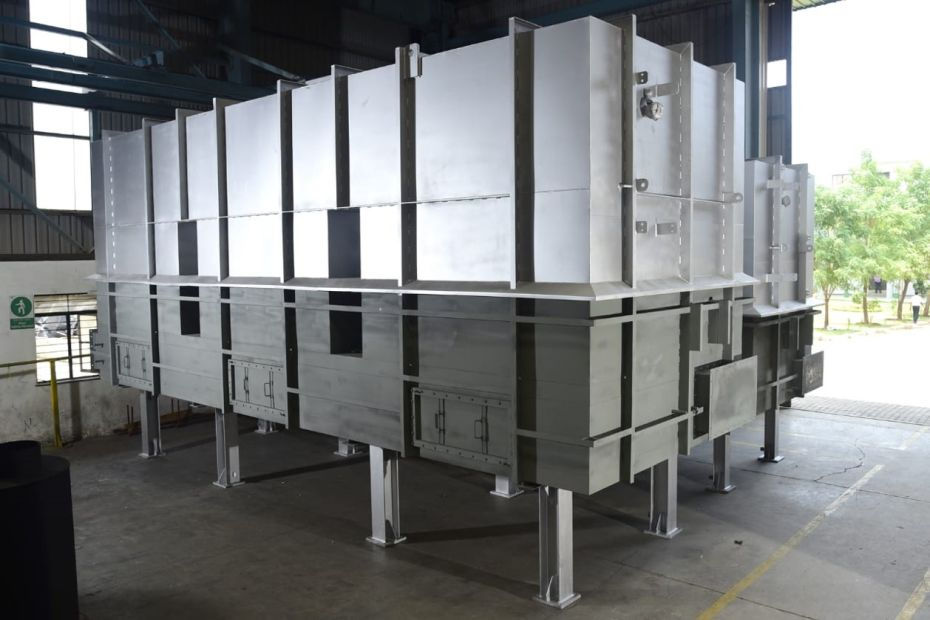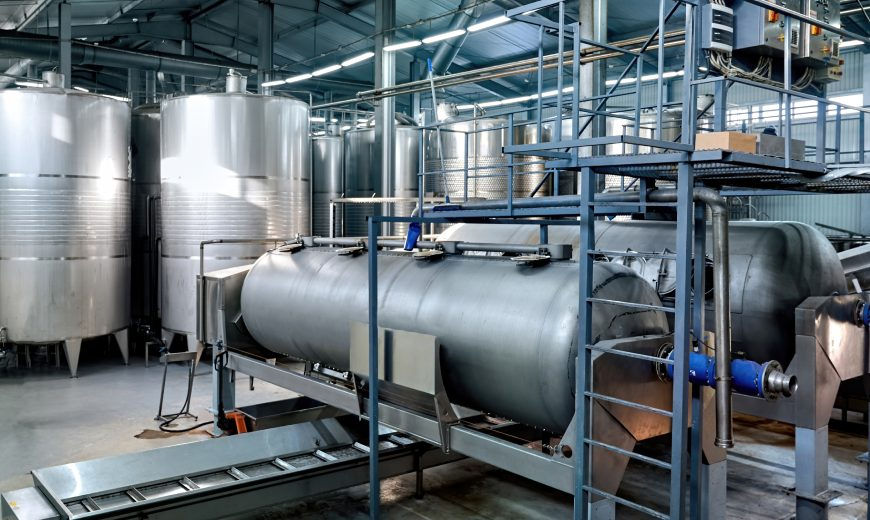Understanding RTO Thermal Oxidizers: How They Work and Why They Matter
- Teknoflow SEO
- Oct 2, 2024
- 3 min read

In today's industrial landscape, environmental sustainability and air quality management have become crucial concerns. To tackle harmful emissions, especially volatile organic compounds (VOCs) and hazardous air pollutants (HAPs), industries rely on advanced pollution control systems like RTO thermal oxidizers. A regenerative thermal oxidizer (RTO) is one of the most efficient solutions for reducing emissions and ensuring cleaner air.
In this blog, we will explore how RTO thermal oxidizers work, their significance, and how companies like Teknoflow Green Equipments Private Limited are contributing to the adoption of these systems.
What is an RTO Thermal Oxidizer?
A regenerative thermal oxidizer (RTO) is an industrial device designed to treat and eliminate harmful pollutants from exhaust air streams. The primary function of an RTO is to oxidize or burn off volatile organic compounds (VOCs), hazardous air pollutants (HAPs), and other contaminants at high temperatures. This combustion process transforms harmful chemicals into less toxic substances, such as carbon dioxide and water vapor, which can then be safely released into the atmosphere.
The regenerative aspect of the RTO thermal oxidizer refers to its ability to recover and reuse the heat generated during the combustion process. This heat recovery makes RTOs not only efficient in controlling emissions but also cost-effective by significantly reducing the amount of energy needed for operation.
How Does an RTO Thermal Oxidizer Work?
An RTO thermal oxidizer operates through a multi-stage process:
1. Preheating
When contaminated air enters the RTO system, it first passes through a ceramic heat exchange bed. The ceramic material, heated during previous oxidation cycles, preheats the incoming air to a temperature close to the combustion threshold.
2. Combustion
Once preheated, the air flows into the combustion chamber, where temperatures typically reach 800 to 1000°C. At this high temperature, VOCs and other pollutants are broken down and converted into carbon dioxide and water vapor.
3. Heat Recovery
After combustion, the now-clean air passes through another ceramic heat exchanger bed. This bed absorbs heat from the exhaust air and transfers it back to preheat the incoming contaminated air. This regenerative process ensures minimal energy loss and high thermal efficiency.
4. Emission Release
Finally, the treated, low-emission air is released into the atmosphere. The result is a significant reduction in harmful emissions, contributing to better air quality and compliance with environmental regulations.
Why RTOs Matter: Environmental and Economic Benefits
The widespread adoption of RTO thermal oxidizers is driven by several environmental and economic benefits:
1. Effective VOC and HAP Control
RTOs are particularly effective in destroying up to 99% of VOCs and HAPs present in industrial exhaust. This helps industries comply with stringent environmental regulations while minimizing their environmental footprint.
2. Energy Efficiency
Thanks to their regenerative design, RTOs are highly energy-efficient. The heat recovery system allows for substantial energy savings, reducing operational costs. This is especially beneficial for industries that need to treat large volumes of exhaust air continuously.
3. Long-Term Reliability
RTO systems are robust and built for long-term performance with minimal maintenance. Their ceramic heat exchangers are highly durable and offer excellent thermal efficiency, ensuring that the systems function optimally even in harsh industrial environments.
4. Industry-Wide Applications
Regenerative oxidizers are used across a wide range of industries, including chemical manufacturing, paint and coating applications, printing, and food processing. The versatility of RTOs makes them a preferred choice for industries with high VOC emissions.
Teknoflow Green Equipments: Leading the Charge in Sustainable Solutions
Companies like Teknoflow Green Equipments Private Limited play a pivotal role in promoting sustainable and eco-friendly solutions. Teknoflow specializes in manufacturing and supplying RTO thermal oxidizers and other industrial pollution control equipment. Their focus on delivering efficient and reliable RTO systems helps industries meet their emission reduction goals while maintaining operational efficiency.
As a leader in the field, Teknoflow ensures that their regenerative oxidizers are designed to the highest standards, offering maximum energy efficiency and minimal environmental impact. Their expertise in heat exchange technology and thermal oxidation makes them a trusted partner for industries seeking to reduce their carbon footprint and enhance air quality.
Final Thoughts
The importance of RTO thermal oxidizers cannot be overstated. As industries continue to focus on reducing emissions and improving air quality, regenerative oxidizers will remain a critical tool in achieving these objectives. With companies like Teknoflow Green Equipments Private Limited providing state-of-the-art solutions, the future of clean air looks promising. By investing in RTO technology, industries not only protect the environment but also ensure long-term operational efficiency and compliance with environmental regulations.



Comments